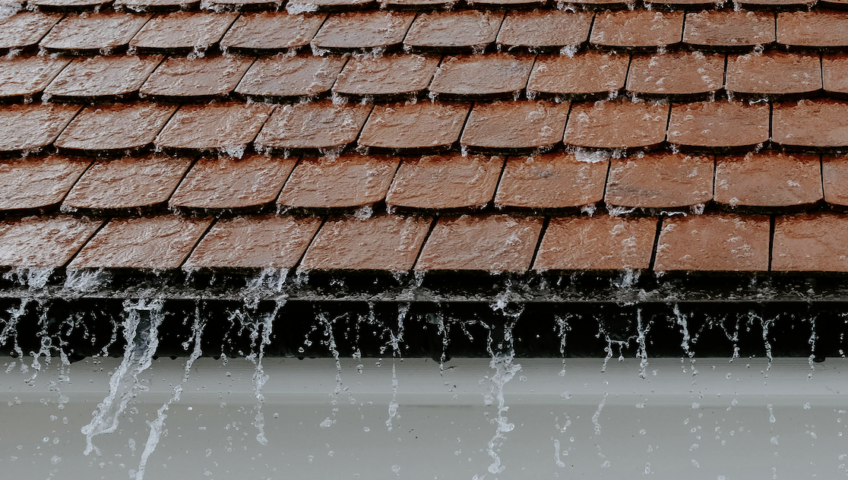In Southwest Michigan, severe weather can strike without warning, leaving homeowners vulnerable to costly damage—especially to their roofs. High winds, hail, heavy rain, and falling debris can take a toll on your home’s first line of defense. After a storm, it’s essential to inspect your roof and surrounding areas for signs of damage. Here’s a comprehensive checklist to ensure your roof is in good condition and your home stays protected.
1. Check for Missing or Damaged Shingles
One of the first things to inspect after a storm is the condition of your shingles. Strong winds or hail can easily rip or crack shingles, exposing the underlayment. Here’s what to look for:
- Missing Shingles: Visibly absent shingles create a direct entry point for water to seep in.
- Cracked or Broken Shingles: Even small cracks can lead to water damage over time.
- Granule Loss: Hail often strips the granules from shingles. Look for granules in gutters or around your property.
2. Inspect Flashing and Vents
Flashing, which seals areas around chimneys, vents, and skylights, is especially vulnerable during a storm.
- Loose or Missing Flashing: Ensure that flashing is still tightly in place. Loose flashing can lead to leaks.
- Damage Around Vents and Chimneys: These areas are particularly susceptible to water infiltration if not properly sealed.
3. Look for Dents and Damage from Debris
Hail and fallen tree branches can cause significant impact damage to your roof.
- Dented or Punctured Shingles: Check for small indentations or punctures, which may not be immediately obvious but can lead to future issues.
- Debris on the Roof: Clear off large branches or other debris as soon as possible to prevent further damage or weight stress.
4. Examine Gutters and Downspouts
Your gutters play a vital role in protecting your roof and home from water damage. After a storm, make sure they are functioning properly.
- Clogged Gutters: Remove leaves, branches, and granules that may have accumulated during the storm.
- Detached or Bent Gutters: Check for any areas where gutters have come loose or bent, as they may not drain water properly.
- Standing Water: Water pooling around your foundation is a sign that your gutters or downspouts need attention.
5. Inspect Your Attic for Leaks or Moisture
A good way to detect roof damage is to inspect the attic for any signs of water infiltration.
- Water Stains: Look for dark spots or water stains on the ceiling or walls of the attic.
- Damp Insulation: Wet insulation is a clear sign of roof leaks.
- Musty Odor: The smell of mildew or mold can indicate moisture has entered the attic.
6. Schedule a Professional Roof Inspection
Even if you don’t see obvious signs of damage, it’s a good idea to schedule a professional inspection. The Experts at Lakefront Roofing and Exteriors can identify hidden damage that may not be immediately apparent but can lead to long-term problems if left unaddressed.
In Conclusion
Southwest Michigan’s weather can be unpredictable, but by following this storm damage checklist, you can stay one step ahead in protecting your home. At Lakefront Roofing and Exteriors, we specialize in storm damage repair and roof inspections. Serving South Haven and surrounding areas, our expert team is ready to assess your roof and provide professional, reliable service to keep your home safe.
To request a no obligation estimate on your roof replacement in South Haven, Holland, Zeeland, Kalamazoo, St Joseph and Ben Harbor, contact us today. We know that replacing a roof is a major investment, but there are ways to manage the cost. We offer financing options for roof replacements that allow you to spread payments over time.

